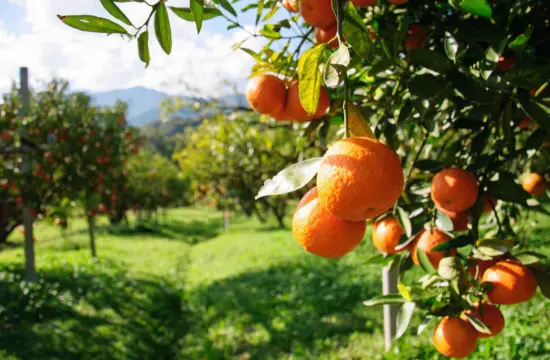Why is stabilization so important?
It was known from day one in the development of the patented product that unstabilized phosphite anions are highly reactive and will rapidly break down when diluted in water or with cations such as Ca++ and Zn++ that quickly react with them. The unfortunate result is that the level of phosphite reaching the plant is far below the container analysis. Nutri-Phite, being stabilized in the patented process developed at UC Riverside, retains a high analysis even in the presence of cations including micronutrients and water containing cations.
Nutri-Phite has been and is the standard by which unstabilized generic phosphites are compared. There is and never has been any true comparison. Nutri-Phite technology supplies a superior delivery of phosphite to the plant as it is more soluble, and enhances nutrient uptake of phosphate, calcium, and nitrogen. Nutri-Phite has also been shown to provide superior plant health response compared to unstabilized generic phosphites. As a PCA and CCA, I only work with, recommend and trusted products I know are stable in a wide range of tank mixes situations and safe to apply when use as labeled.
The use of unstabilized generic phosphites puts the grower and PCA at risk of poor performance due to degradation of tank mix products. Many of these reactions cannot be seen by looking at a tank mix, but extensive laboratory work has and continues to show the cation precipitates negative reactions.
“During the development of Nutri-Phite it became apparent that phosphite stability is critical. The instability issue occurs during spraying, not the formulation. When phosphites are bottled at their concentrate form they degrade very slowly. Correctly packaged phosphites are generally stable. But when they are added to water in a tank of a sprayer they react very quickly, turning into phosphates(PO43-). This rapid degradation effect can be replicated in the lab by using tap water for dilution or if the phosphite is mixed prior to the analysis with other micronutrient or fungicide products. These reactions occur rapidly, causing oxidation of the phosphite which turn it into phosphate.”[1]
It is my opinion that Fungi-Phite provides the best value to growers of all phosphite labeled fungicides. The Fungi-Phite label has never been over stated. The limitations of phosphites as fungicides and bactericides are well known. The Fungi-Phite label provides excellent recommendations for the control of a wide range of fungi and bacteria diseases while only stating effective suppression where we know that activity can vary from slight control to full control.
[1] Source: www.cropintellect.co.uk


